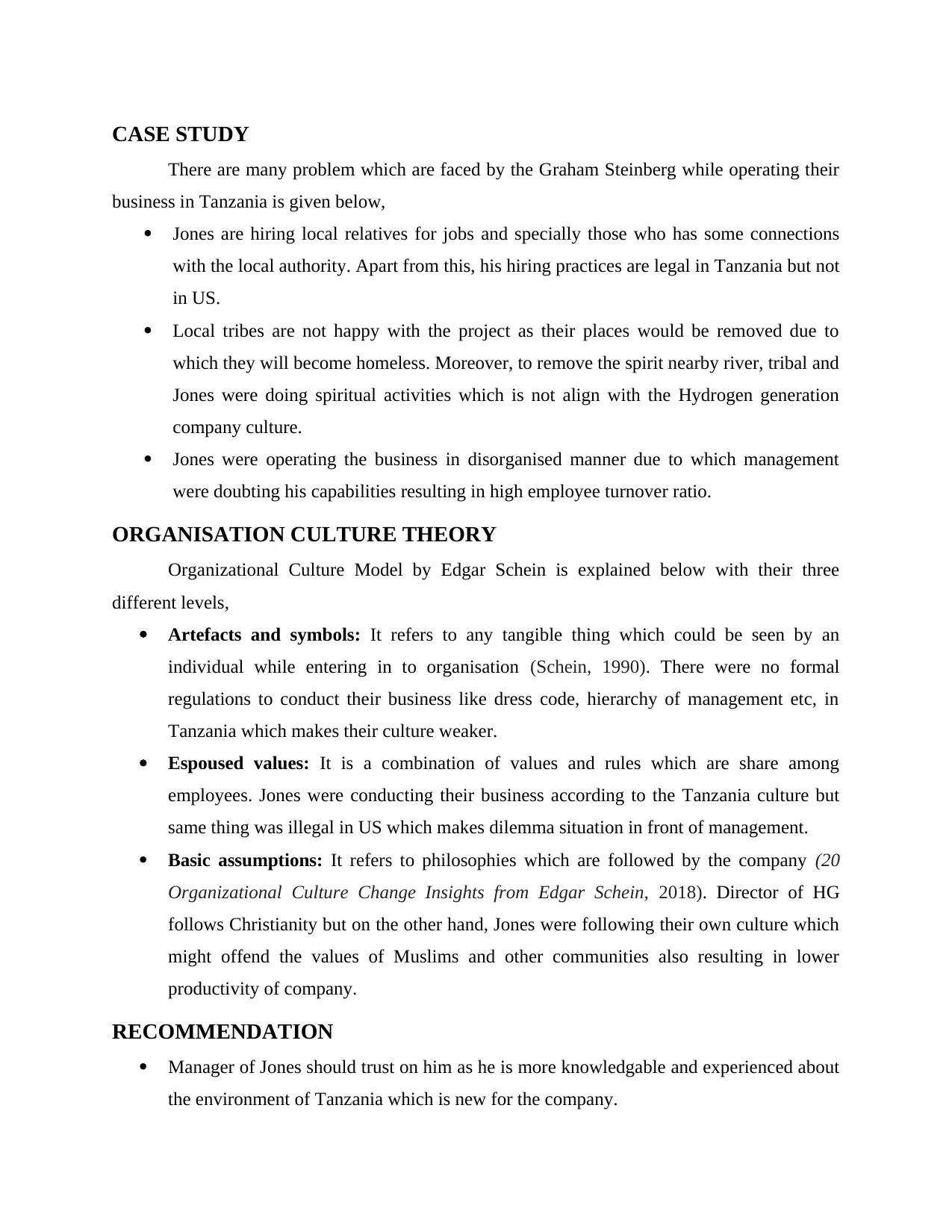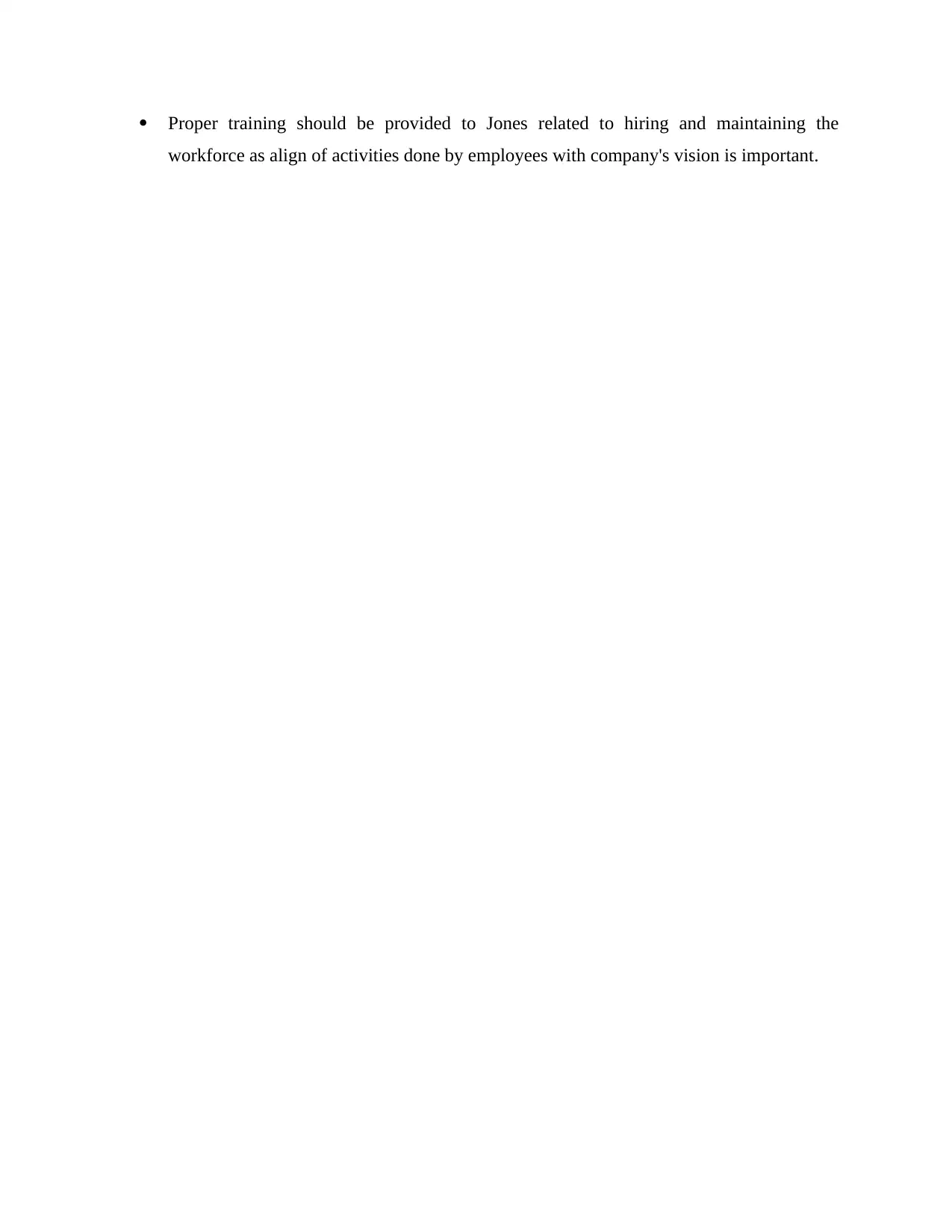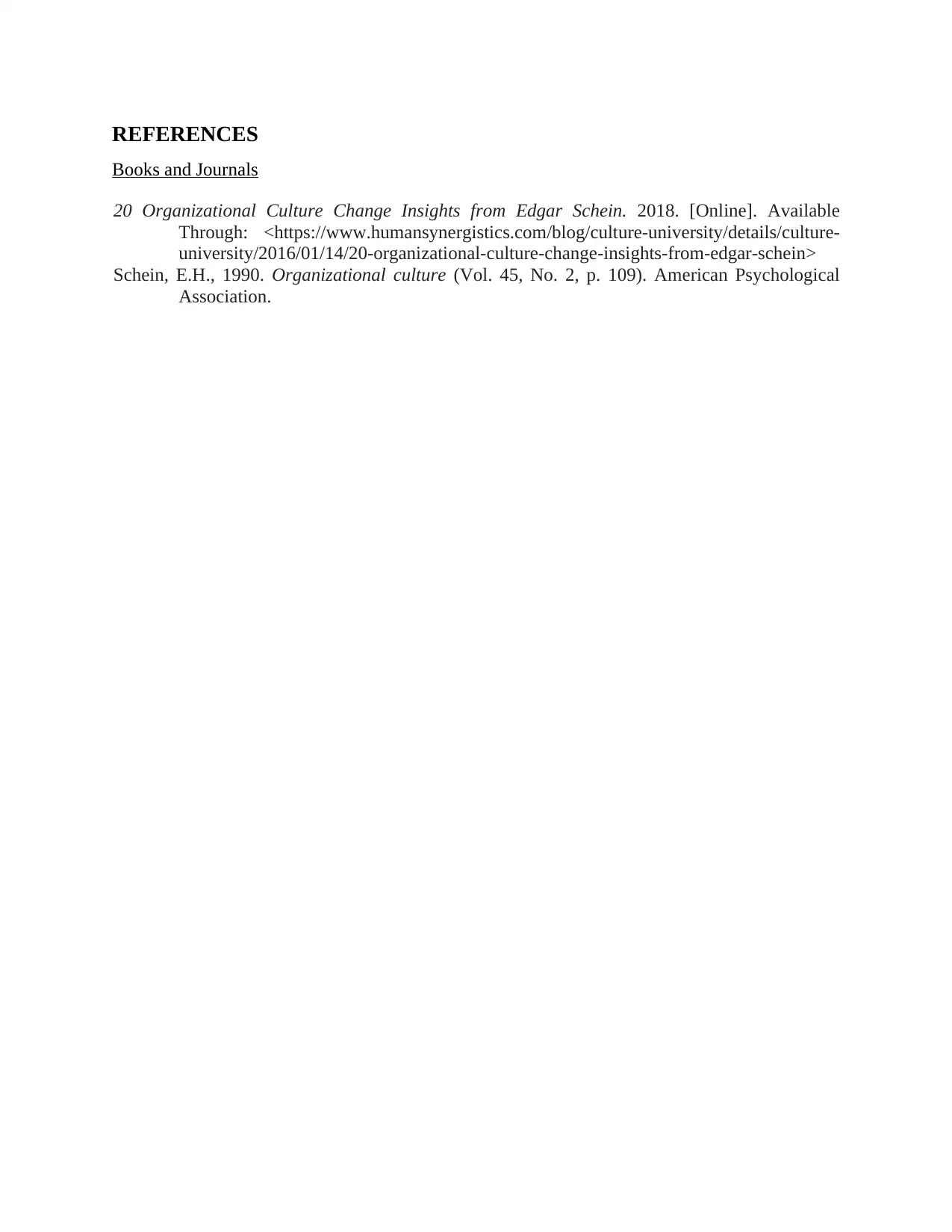Cross Cultural Management Case Study: Challenges and Recommendations
VerifiedAdded on 2020/10/22
|4
|418
|113
Case Study
AI Summary
This case study examines the challenges faced by a company operating in Tanzania, focusing on cross-cultural management issues. The case highlights problems related to hiring practices, cultural differences, and organizational culture. The company's adherence to local customs, while potentially beneficial, creates dilemmas due to conflicts with US regulations. The assignment analyzes the organizational culture using Schein's model, including artifacts, espoused values, and basic assumptions. The study recommends that management trusts local expertise while providing training on hiring practices and aligning employee activities with company vision. The assignment emphasizes the importance of understanding and navigating cultural differences for successful business operations, including managing ethical considerations, workforce management, and the impact of local culture on business practices. The case study provides valuable insights into the complexities of international business and the need for adaptable leadership.
1 out of 4










![[object Object]](/_next/static/media/star-bottom.7253800d.svg)